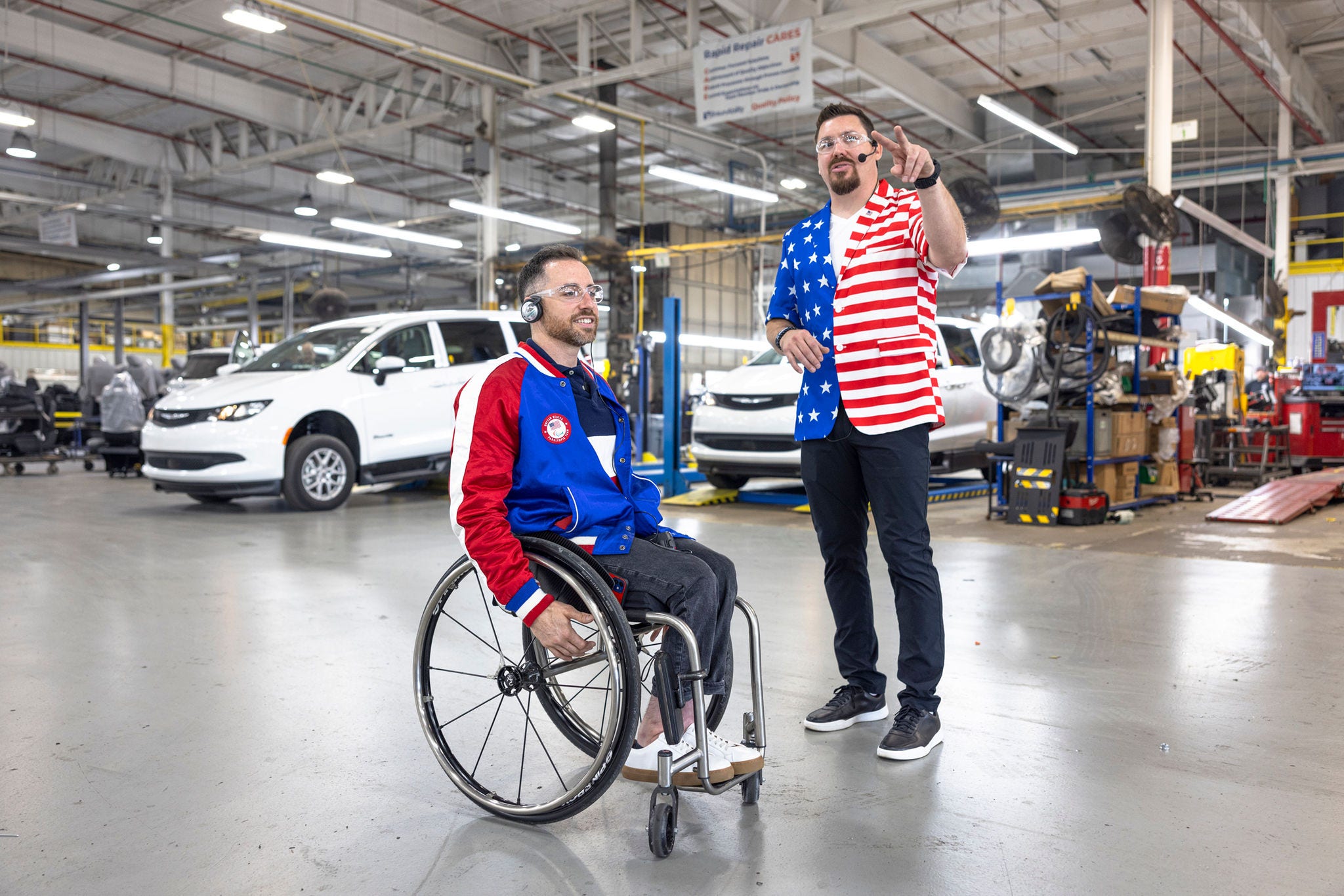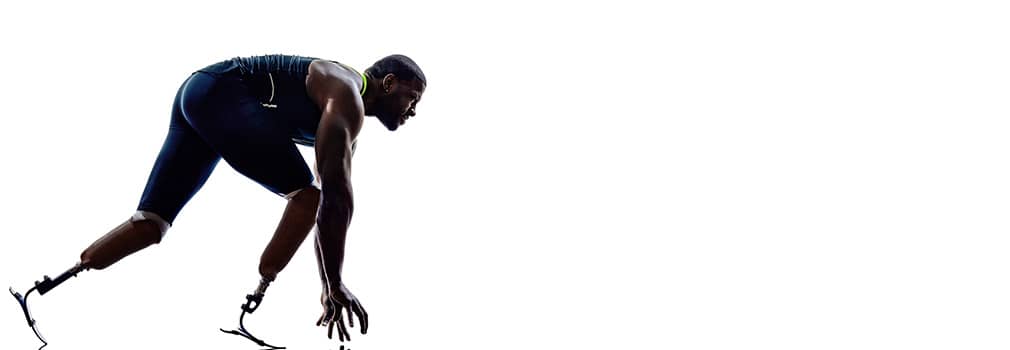
Adaptive Sports: Wheelchair Soccer
Born with Spinal Muscular Atrophy (SMA), Natalie Russo-Dickey was introduced to power soccer at a summer camp for children with disabilities. With experience in adaptive baseball falling short of her expectations in years prior, she was reluctant to join. So, while fellow summer camp attendees went to play power soccer, Russo-Dickey stayed behind.
Meanwhile, Russo-Dickey’s brother, J.C., who attended the same summer camp, came home talking about his experience playing power soccer. Although her brother enjoyed the sport, Russo-Dickey was less enthusiastic about the idea. She said, “When power soccer came around, I wanted nothing to do with it.” Russo-Dickey said her parents "forced" her to play, but over time, she grew to enjoy the sport. Now playing power soccer for over 20 years,she not only met her husband through the sport, but she also became a World Cup winning power soccer athlete, helping Team USA take home a victory in the first Power Soccer World Cup in 2007.
Can People in Wheelchairs Play Soccer?
Wheelchair users can play an adapted version of soccer. Athletes who play power soccer often use power wheelchairs in day-to-day life and can have a range of disabilities from cerebral palsy to muscular dystrophy, quadriplegia, and multiple sclerosis to name a few. Unlike wheelchair basketball or wheelchair rugby, power soccer doesn’t require manual wheelchair propulsion, making it ideal for those with limited upper body mobility who want to participate in a team sport.
How Do Disabled People Play Soccer?
Multiple adaptations exist to make soccer more accessible to disabled athletes, however, the object of the game remains the same in both standing soccer and power soccer: move the ball down the field and into your opponent’s goal. The team that scores the most goals by the end of the game wins. Each sport requires both strategy and skill, however power soccer introduces differences in equipment, playing environment, and game structure, setting it apart from standing soccer:
What is the Difference Between Soccer and Power Soccer?
While each team aims to score the most goals in both standing and power soccer, there are differences in both gameplay and equipment. Differences between power soccer and standing soccer include:
- Wheelchairs: The Strike Force wheelchair is used specifically for power soccer. Unlike a traditional power wheelchair, a Strike Force chair has a lower center of gravity and a wider wheelbase to provide stability.
- Soccer ball: Power soccer uses an oversized soccer ball which is about twice the size and weight of a traditional soccer ball to accommodate the size and power of a wheelchair strike. A power soccer ball measures roughly 13 inches in diameter and weighs around 2 pounds.
- Goals: In traditional soccer, players score by kicking the ball into a netted goal. In power soccer, goals consist of two posts without a net.
- Playing area: Grass is challenging for wheelchair users to navigate, so power soccer is played on a basketball court for smoother movement and control of the wheelchair wheels.
- Soccer Guards: Attached to the front of a power soccer wheelchair, Soccer guards allow athletes to strike the ball with control and precision while also protecting their wheelchairs and feet.
- Number of Players: Power soccer has less than half the players of traditional soccer, with four per team instead of 11, including the goalie.
- Timing: Traditional soccer games last 90 minutes with two 45-minute halves, while power soccer games are 40 minutes with two 20-minute halves. The shorter game suits the smaller playing area, while reducing fatigue for both the athletes and the batteries of their wheelchairs.
Power Soccer Rules
In the U.S., power soccer is governed by the United States Power Soccer Association (USPSA), which manages the sport’s rules and competitions. Fédération Internationale de Powerchair Football Association (FIPFA) sets official rules worldwide. Referees monitor games to ensure all athletes follow game rules. Key rules of power soccer which differ from able-bodied soccer include:
- Spin Kick: A specialized maneuver where players spin their wheelchair to strike the ball with precision and power.
- 2-on-1 Rule: Only one offensive and one defensive player are allowed within three meters of the ball at a time, except for the goalkeeper. Violating this results in a free kick for the opposing team.
- Box Rule: No more than two defenders can be in the goal area at the same time to prevent overcrowding.
- Kick-Ins Instead of Throw-Ins: When the ball goes out of bounds, play resumes with a kick-in rather than a throw-in.
Is Power Soccer a Paralympic Sport?
Power soccer is not currently a Paralympic sport, however, there are opportunities to get involved in national and international teams. It joins other adaptive sports like wheelchair pickleball, wheelchair golf, and wheelchair lacrosse that are also outside the Paralympics. While these sports aren’t in the Paralympics, they offer great opportunities for recreational and competitive play. One of the few Paralympic sports that can be played from a power wheelchair is boccia, which is unique because it has no Olympic counterpart.
Getting Involved in Power Soccer
Once feeling forced into the sport, Russo-Dickey described the positive impact power soccer has had in her life. She said, “It’s brought me so much more than tournaments and awards. It’s given me experiences all over the world, and the love of my life.”
Looking for more information on adaptive sports and inclusive activities? Check out our related articles to find out about disability-friendly opportunities in your local community.




